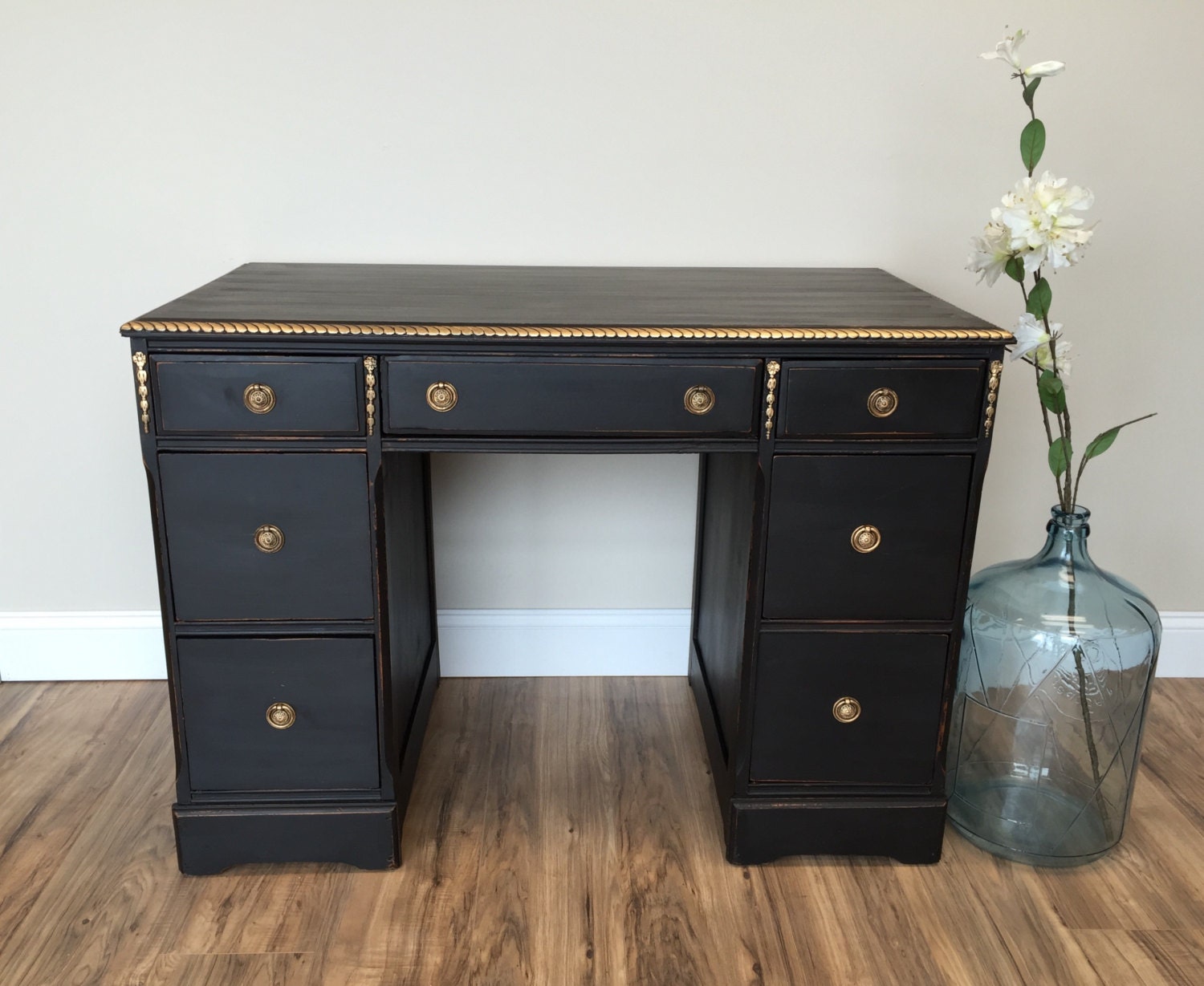Identifying and Appraising Antique Black Desk Chairs

The allure of an antique black desk chair lies not only in its aesthetic appeal but also in its potential historical significance and monetary value. Determining authenticity and assessing worth requires a keen eye for detail and a solid understanding of antique furniture characteristics. This guide provides a framework for identifying genuine antique chairs and appraising their value accurately.
Identifying Authentic Antique Black Desk Chairs
Distinguishing genuine antique black desk chairs from reproductions requires careful examination of several key features. Construction techniques, materials used, and the presence of maker’s marks or identifying stamps all contribute to authentication. Reproductions often lack the nuanced craftsmanship and inherent imperfections found in older pieces. The following table highlights distinguishing characteristics across different eras.
| Era | Distinguishing Feature 1 | Distinguishing Feature 2 | Distinguishing Feature 3 |
|---|---|---|---|
| Victorian (1837-1901) | Intricate carvings and embellishments, often featuring floral motifs or acanthus leaves. | Use of dark, polished hardwoods like mahogany or walnut, sometimes with contrasting veneers. | Heavy, sturdy construction with mortise and tenon joinery, often reinforced with metal brackets. |
| Edwardian (1901-1910) | Simpler, more streamlined designs compared to the Victorian era, with a focus on clean lines and elegance. | Use of lighter woods such as oak or cherry, often with a satin finish rather than a high gloss. | Often features leather or fabric upholstery with button tufting or nailhead trim. |
| Art Deco (1920s-1930s) | Geometric shapes, bold lines, and a streamlined aesthetic. Use of lacquer or enamel paint finishes. | Often incorporates metallic accents such as chrome or nickel. | May feature innovative materials like Bakelite or plastic in combination with wood. |
| Mid-Century Modern (1940s-1960s) | Simple, functional designs with clean lines and minimal ornamentation. | Use of plywood, molded plastic, or tubular steel in combination with wood. | Often features a more minimalist approach to upholstery, with plain fabrics or leather. |
Appraising Antique Black Desk Chairs
The value of an antique black desk chair is determined by a complex interplay of factors. Age, condition, rarity, maker, and materials all significantly influence price. A chair in excellent condition by a renowned maker will command a substantially higher price than a similar chair in poor condition from an unknown manufacturer.
For example, a well-preserved Victorian mahogany desk chair with original upholstery and maker’s marks might fetch several thousand dollars, while a less desirable example with significant damage might sell for only a few hundred. Rarity also plays a crucial role; a chair from a limited edition or with unique design features will generally be more valuable. The materials used, such as the type of wood and the quality of the upholstery, further affect the appraisal.
Caring for and Preserving Antique Black Desk Chairs
Proper care and preservation are essential for maintaining the value and aesthetic appeal of antique black desk chairs. Regular maintenance will prevent damage and prolong the life of the piece.
- Regular dusting with a soft cloth or brush to remove surface dust and debris.
- Avoid placing the chair in direct sunlight or near heat sources to prevent fading or cracking of the finish.
- Use appropriate furniture polish sparingly, following the manufacturer’s instructions. Avoid harsh chemicals or abrasive cleaners.
- For leather upholstery, condition regularly with a leather conditioner to maintain its suppleness and prevent cracking.
- Address any minor scratches or damage promptly to prevent further deterioration. Consult a professional furniture conservator for major repairs.
